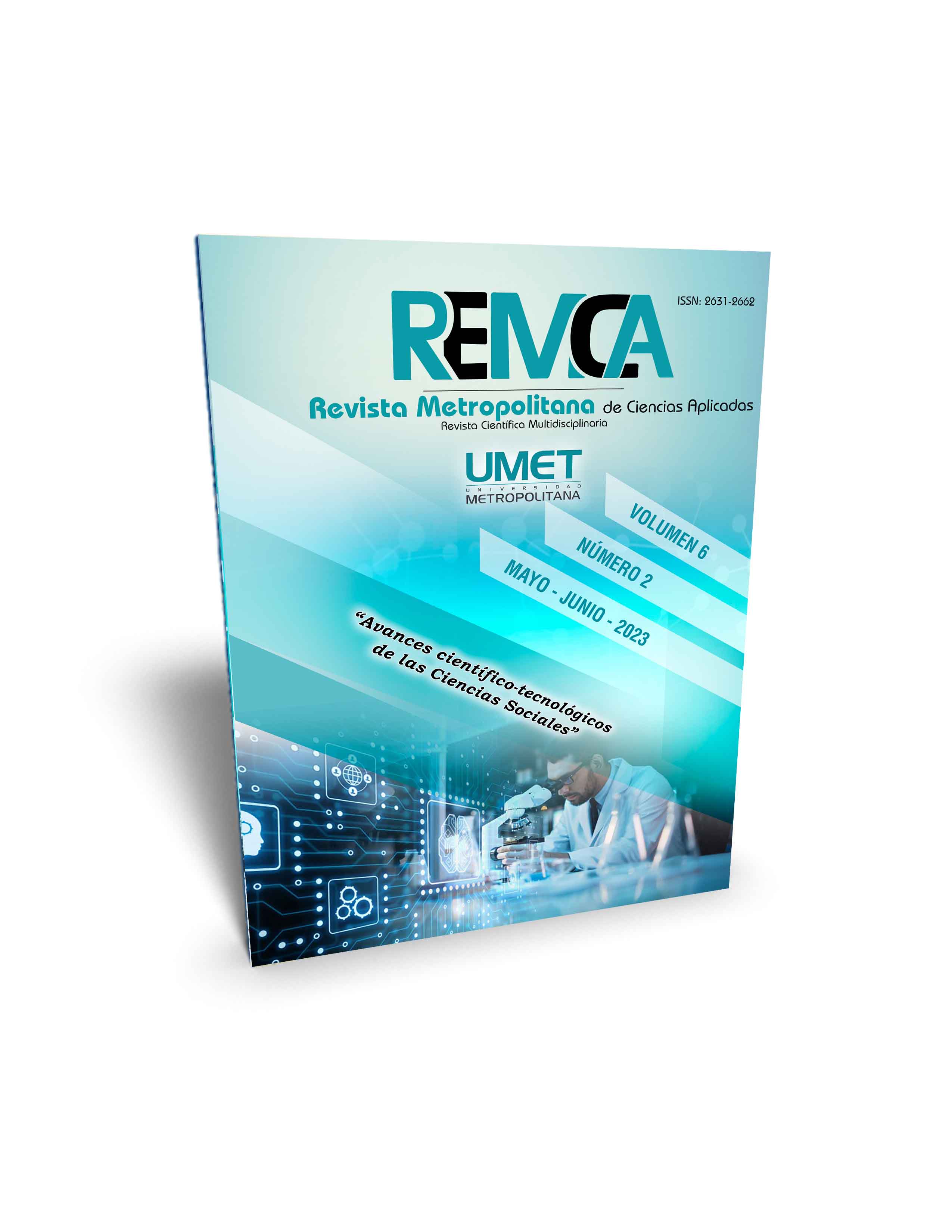The legal configuration of the criminal type of femicide and judicial practice in Ecuador
DOI:
https://doi.org/10.62452/wpywvs10Keywords:
Femicide, crimes, hate, misogyny, typicalityAbstract
Femicide as a new criminal type in Ecuador brings with it doubts, consequences, insecurities, and violations when applying it. The problem arises when reviewing its typification, the fact of being a woman is a parenthesis that can bring social and legal problems, when the female gender is specified, hatred appears, towards women for being women, this being the motive and the reason for the crime. The judges are based only on the relationship of power to sanction this type of crime that affects several protected legal rights, including equality, which is a right embodied in the Constitution of the Republic of Ecuador. The objective is to differentiate between the various types of crimes that threaten life, based on the normative elements that make up femicide, determining that not one normative element is violated but several, thus being able to identify and punish; The methodology used is of a qualitative nature, with bibliographic and documentary review methods, based on articles, books, magazines, etc., seeking as a result the clarification and differentiation of femicide with similar criminal types, where the victim can also be a women; avoiding that there are doubts in the Ecuadorian judicial practice.
Downloads
References
Atencio, G. (2010). Tipos de Femicidio o las variantes de la violencia extrema patrialcal. ACVG.
Ecuador. Asamblea Nacional. (2014). Código Orgánico Integral Penal. Corporación de Estudios y Publicaciones CEP.
Flood, M. (2007). International Encyclopedia of Men and Masculinities. Taylor & Francis or Routledge.
Fregoso, R. L., & Bejarano, C. (2011). Femicidio en America Latina. El Colegio de La Frontera Norte.
Lagarde y De Los Ríos, M. (2006), “Introducción. Por la vida y la libertad de las mujeres. Fin al feminicidio”. En, D. RUSSELL y R.y HARMES R. A., Feminicidio: una perspectiva global. (pp. 15- 42). Centro de Investigaciones Interdisciplinarias en Ciencias y Humanidades Universidad Nacional Autónoma de México.
López, Y. (2015). El Principio Non Bis In Idem, violado por la Configuración Legal del delito de Femicidio, prevista en el Código Orgánico Integral Penal de Ecuador. UNIANDES EPISTEME: Revista de Ciencia, Tecnología e Innovación, 2(2).
López, Y. (2017), el femicidio, un delito de odio más que solo un delito contra la vida. UNIANDES EPISTEME: Revista de Ciencia, Tecnología e Innovación, 4(4).
López, Y. (2020). El tipo penal de Femicidio en la práctica penal ecuatoriana. Youtube. https://www.youtube.com/watch?v=EHIl57WqyQA
Reátegui Sánchez, J. (2016). Tratado de Derecho Penal. Ediciones Legales E.I.R.L.
Resta, D. (2019). El principio nullum crimen, nulla poena sine lege en el Derecho Penal Internacional. Universidad de Granada.
Rubio Martín, M. J., & Gordo López, Ángel. (2021). La perspectiva tecnosocial feminista como antídoto para la misoginia online. Revista Española De Sociología, 30(3).
Russel, D., & Caputi, J. (1990). Concepto de Femicidio. Speaking the Unspeakable. Sage Publications.
Russell, D., & Radford, J. (1992). Femicide. The Politics of Woman Killing. Open University Press.
Santa Biblia. (2005). Santa Biblia. Verbo Divino .
Teran Carrillo, G. (2020). La tipicidad en la teoría del delito. Ciencias sociales y políticas.
Torres, G. P. (2020). El concepto dogmatico del dolo y la culpa penal. Bosh.
Unión Europea. (2008). Decisión marco relativa a la lucha contra determinadas formas y manifestaciones del racismo y la xenofobia mediante el Derecho penal. DOUE. https://www.boe.es/doue/2008/328/L00055-00058.pdf
Downloads
Published
Issue
Section
License
Copyright (c) 2023 Francis Sebastián Albán-Pazmiño, Diana Maricela Bermúdez-Santana (Autor/a)

This work is licensed under a Creative Commons Attribution-NonCommercial-ShareAlike 4.0 International License.
Authors who publish in Revista Metropolitana de Ciencias Aplicadas (REMCA), agree to the following terms:
1. Copyright
Authors retain unrestricted copyright to their work. Authors grant the journal the right of first publication. To this end, they assign the journal non-exclusive exploitation rights (reproduction, distribution, public communication, and transformation). Authors may enter into additional agreements for the non-exclusive distribution of the version of the work published in the journal, provided that acknowledgment of its initial publication in this journal is given.
© The authors.
2. License
The articles are published in the journal under the Creative Commons Attribution-NonCommercial-ShareAlike 4.0 International License (CC BY-NC-SA 4.0). The terms can be found at: https://creativecommons.org/licenses/by-nc-sa/4.0/deed.en
This license allows:
- Sharing: Copying and redistributing the material in any medium or format.
- Adapting: Remixing, transforming, and building upon the material.
Under the following terms:
- Attribution: You must give appropriate credit, provide a link to the license, and indicate if any changes were made. You may do this in any reasonable manner, but not in any way that suggests the licensor endorses or sponsors your use.
- NonCommercial: You may not use the material for commercial purposes.
- ShareAlike: If you remix, transform, or build upon the material, you must distribute your creation under the same license as the original work.
There are no additional restrictions. You may not apply legal terms or technological measures that legally restrict others from doing anything the license permits.




